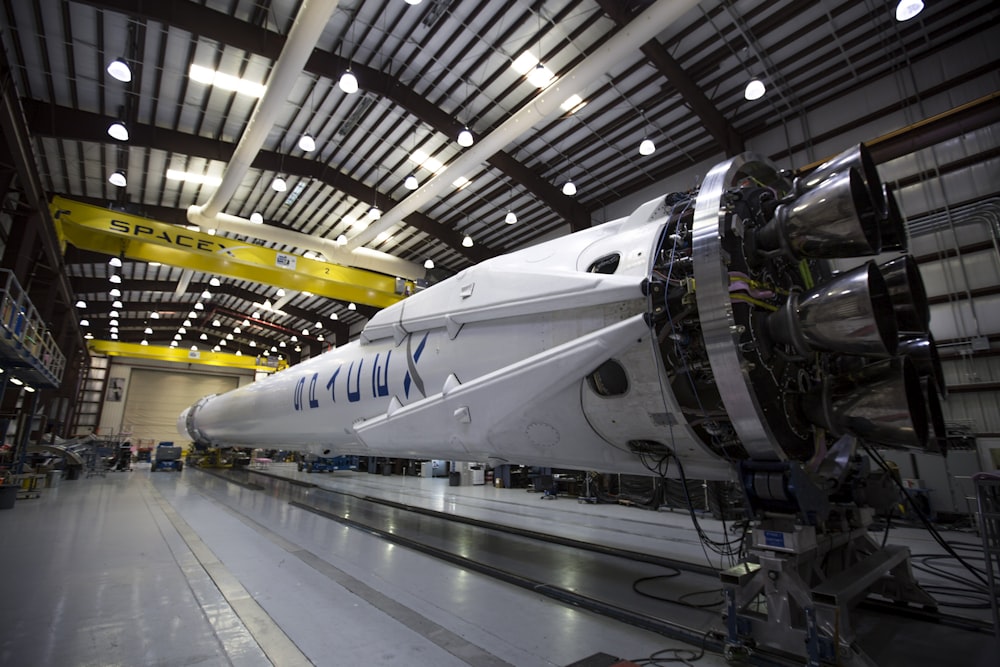Sustainable Disaster Recovery and Rebuilding
In the face of increasing frequency and intensity of natural disasters, sustainable disaster recovery and rebuilding practices have become paramount. Traditional approaches often focus solely on immediate relief efforts, but sustainable disaster recovery goes beyond that, aiming to build resilient communities and infrastructure that can withstand future challenges.
Understanding Sustainable Disaster Recovery
Sustainable disaster recovery entails adopting practices that address both short-term recovery needs and long-term resilience. It incorporates environmental, social, and economic dimensions to ensure the well-being of affected communities while minimizing negative impacts on the environment. By integrating sustainability principles into the recovery process, communities can bounce back stronger and be better prepared for future disasters.
Principles of Sustainable Rebuilding
Sustainable rebuilding rests on several key principles:
Resilience: Building resilient infrastructure and communities that can withstand and recover from disasters, reducing vulnerability to future events.
Environmental Stewardship: Minimizing the ecological impact of recovery and rebuilding efforts, preserving natural resources, and promoting environmental sustainability.
Social Equity: Ensuring equitable access to resources, services, and opportunities for all affected community members, especially marginalized groups who may be disproportionately impacted by disasters.
Economic Viability: Incorporating sustainable economic practices to promote local economic development, job creation, and long-term prosperity.
Sustainable Infrastructure Development
Sustainable disaster recovery emphasizes the development of resilient and eco-friendly infrastructure. Key strategies include:
Renewable Energy Integration
Integrating renewable energy sources, such as solar and wind power, into the rebuilding process can enhance energy resilience and reduce dependency on fossil fuels. This not only mitigates the environmental impact but also improves the long-term energy security of the community.
Resource Conservation and Management
Efficient resource management plays a crucial role in sustainable rebuilding. Implementing strategies for water conservation, waste reduction, and sustainable land use can help minimize environmental degradation and promote long-term resource sustainability.
Resilient Building Design and Construction
Resilient building design and construction practices are essential for sustainable disaster recovery. This includes:
Use of Resilient Materials
Choosing materials that can withstand extreme weather conditions, such as hurricane-resistant windows, earthquake-resistant structures, and fire-resistant building materials, helps ensure the durability and safety of rebuilt infrastructure.
Climate-Responsive Design
Incorporating climate-responsive design features, such as natural ventilation, passive heating and cooling systems, and green roofs, can improve energy efficiency and comfort while reducing the environmental impact of buildings.
Community Engagement and Empowerment
Community engagement and empowerment are integral to sustainable disaster recovery. It involves:
Inclusive Decision-Making
Including affected communities in decision-making processes fosters a sense of ownership and ensures that their voices are heard. Engaging stakeholders from diverse backgrounds leads to more equitable and effective recovery outcomes.
Capacity Building and Knowledge Transfer
Providing training, education, and resources to local communities equips them with the skills and knowledge needed to actively participate in the recovery and rebuilding process. This empowerment enhances community resilience and fosters long-term sustainability.
Financial and Policy Considerations
Achieving sustainable disaster recovery requires adequate financial resources and supportive policies. Key considerations include:
Funding Mechanisms
Exploring innovative funding mechanisms, such as public-private partnerships, grants, and microfinance, can facilitate sustainable recovery efforts and ensure the availability of financial resources for rebuilding projects.
Policy Frameworks
Implementing supportive policies and regulations that promote sustainable practices, incentivize resilience, and encourage long-term planning can create an enabling environment for sustainable disaster recovery.
Case Studies in Sustainable Disaster Recovery
Examining successful case studies of sustainable disaster recovery can provide valuable insights and inspiration for future initiatives. Examples include:
Rebuilding after Hurricane Katrina: New Orleans implemented sustainable strategies, such as green infrastructure, flood-resistant building codes, and community-led initiatives, to foster a more resilient and environmentally conscious city.
Post-earthquake reconstruction in Nepal: Efforts focused on earthquake-resistant building design, sustainable materials, and community involvement, leading to safer and more sustainable rebuilding.
Challenges and Future Directions
While sustainable disaster recovery holds immense potential, several challenges must be addressed:
Awareness and Education: Increasing awareness and understanding of sustainable recovery practices among stakeholders, including communities, policymakers, and professionals, is essential for widespread adoption.
Capacity Building: Strengthening the capacity of local communities and professionals in sustainable rebuilding techniques and practices is crucial for successful implementation.
Interdisciplinary Collaboration: Effective collaboration among various disciplines, including engineering, urban planning, environmental science, and social sciences, is necessary to tackle the complex challenges of sustainable disaster recovery.
Monitoring and Evaluation: Developing robust monitoring and evaluation frameworks to assess the effectiveness and impact of sustainable recovery initiatives ensures continuous improvement and learning.
Sustainable disaster recovery and rebuilding are vital for building resilient communities, preserving the environment, and ensuring a sustainable future. By integrating principles of sustainability, implementing resilient infrastructure, engaging communitiesactively, and enacting supportive policies, we can create a more resilient and sustainable world. Sustainable disaster recovery not only helps communities recover from immediate devastation but also sets the foundation for long-term resilience and preparedness.
By adopting sustainable practices in infrastructure development, resource management, and building design, we can minimize environmental impacts, reduce vulnerability to future disasters, and foster social equity. Community engagement and empowerment play a crucial role in ensuring that recovery efforts are inclusive, participatory, and address the unique needs of affected communities.
While there are challenges to overcome, the examples of successful case studies and the ongoing advancements in interdisciplinary collaboration provide hope for a more sustainable future. By learning from past experiences, fostering knowledge sharing, and investing in research and education, we can continuously improve sustainable disaster recovery practices and build resilience for the future.










 English (US) ·
English (US) ·